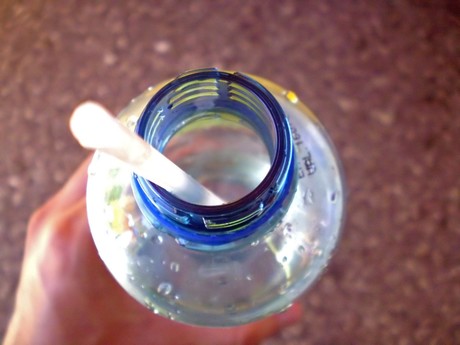Where filling technology is heading in 2017

What will be happening in the area of filling beverages and liquid foods in 2017?
How do you get your carefully produced beverage into its transport packaging, in precisely the right quantity, in a safe and hygienic way, as gently as possible and above all efficiently? This, in essence, is what it’s all about in the discussion about the right filling technology.
Three major trends are emerging in filling technology:
- 100% product safety through consequent hygienic design
- Maximising the filling performance
- Strengthening sustainability and reducing consumption of media
“This is being made possible through continuous improvements along the entire product route, for example, by increasing the degree of automation of filling valves or by using intelligent filling valve components,” explained Thomas Ricker, director at Krones.
A block configuration, mechanically and electronically combining individual machines into a single unit, has also proved to be an excellent tool in further optimising filling processes. The inline production of PET containers and immediate filling without intermediate conveyors also facilitates the use of lightweight bottles.
Qualities of glass with the weight advantages of PET
“In filling, PET bottles are becoming increasingly important. With suitable coating processes the optimum qualities of glass can be combined with the weight advantages of the PET bottle,” said the chairman of the executive board of KHS, Dortmund, Professor Dr.-Ing. Matthias Niemeyer. Innovations like a lightweight 1-litre PET bottle for milk and milk-based beverages underlines this drive. It can be filled aseptically, it protects the product, reduces production costs and is fully recyclable. Niemeyer also sees efficiency and flexibility benefits for the user through direct connection of the blower, labeller and filler. These benefits are especially clear in the case of the high-performance requirements of the global players.
Availability is key with aseptic filling
At least for the filling of sensitive, weakly acid beverages in PET containers, aseptic seems to be emerging as the favoured option. Already a wide variety of choices are being offered by the manufacturers and used by the fillers, always carefully targeted to the specific application. Whether cold-aseptic filling with paracetic acid or dry-aseptic filling with hydrogen peroxide, whether sterilisation of the finished container or already of the preform, whether an individual machine or blocking of units — the best solution for the application depends on the requirement criteria of the operator.
In aseptic filling in particular, developments can be expected to increase the flexibility of the system concept, in expanding the performance levels and using sterilisation technologies that help reduce the overall consumption of a system. Given the rising number of products, the availability of a system is a key theme, especially in aseptic filling. Availability is expressed in the total cost of ownership (TCO), a parameter that fillers are having to pay more close attention to.
In dry-aseptic filling, preform sterilisation is state of the art; in wet sterilisation it’s about further reducing media consumption.
To find out more, consider going to drinktec 2017, a world-leading trade fair for the beverage and liquid food industry. You will be able to see all the technological developments and filling innovations for glass, PET, cans and cartons for producing and processing beverages, milk and liquid foods at drinktec in Munich from 11–15 September 2017.
Foreign body inspection as a food safety measure in infant nutrition
Foreign body contamination remains a recurring issue in the food industry and is consistently...
Five fresh produce trends in NZ for 2026
New Zealand's fresh pan-produce industry organisation United Fresh has released...
Six beverage trends predicted for 2026
Demand for customisation, 'protein-ification' and sustainable storytelling are some of...








